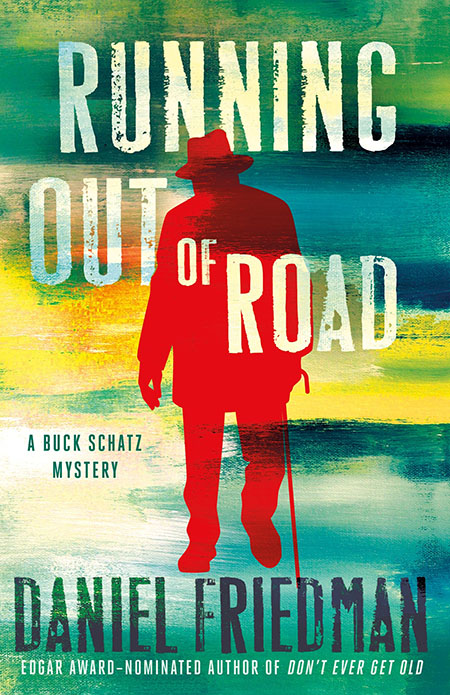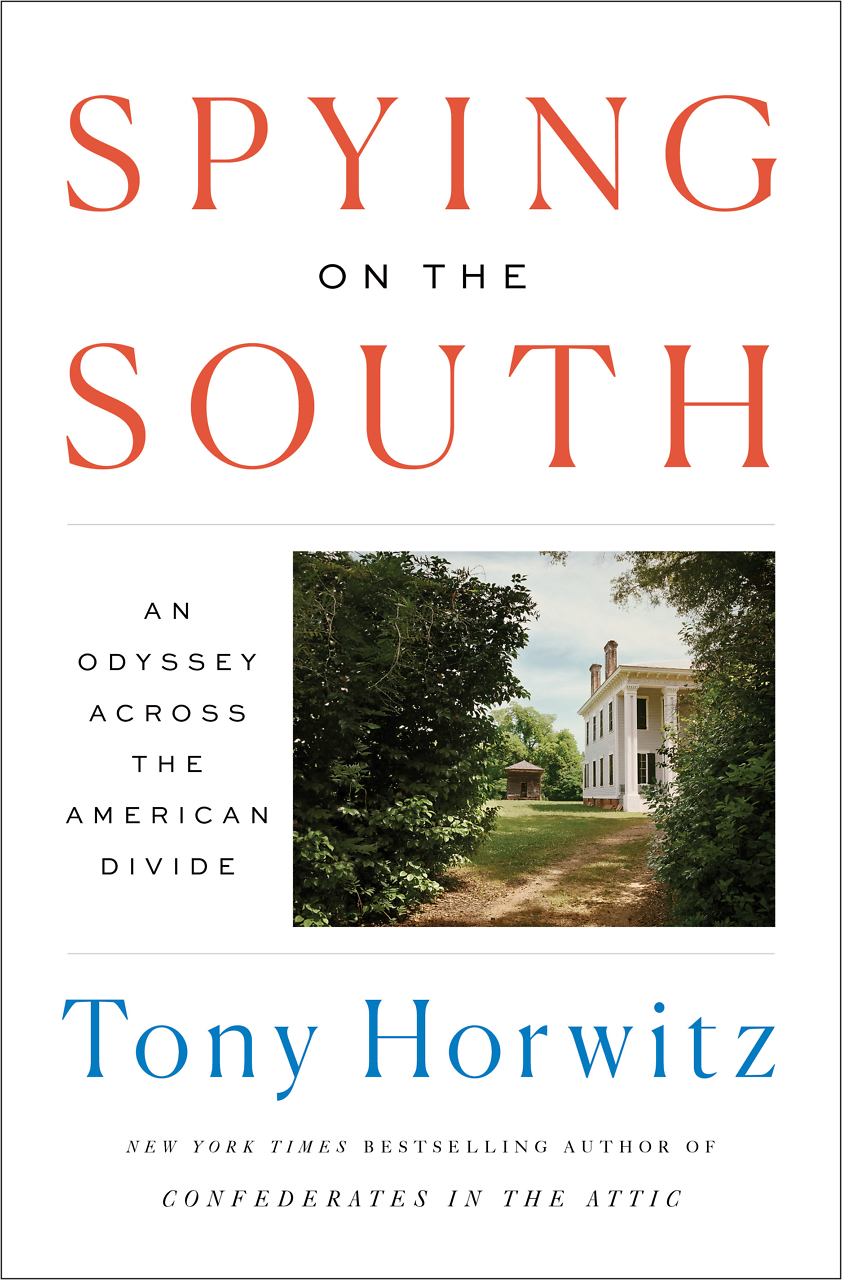Lifelong Devotee of the Guitar
Don Cusic limns the influential career of Nashville legend Chet Atkins
Don Cusic’s Chet Atkins: Mr. Guitar makes the case for the East Tennessee-born musician, producer, and record-label executive as the emblematic guitarist of the 20th century, an era of innovation by guitarists as diverse as Robert Johnson, Elizabeth Cotten, and Jimi Hendrix. Some of the most important music made in the second half of the century grew out of an unprecedented fusion of technology, capitalism, and various old-time practices that included blues and country music. Atkins headed a major Nashville record label, RCA Victor, during a time when these developments — and the rock ‘n’ roll they spawned — threatened the country music business.

Atkins was a star in his own right in the post-World War II years, a period when jazz reached its peak — led by radical musicians like Charlie Parker — and then fell away, overshadowed by rock ‘n’ roll. Atkins admired and emulated jazz, but his subtle playing lacked the intense drive that characterized the work of musicians like Joe Pass, not to mention revolutionaries like Hendrix and John McLaughlin. He was a student of Django Reinhardt and often covered the Romani guitarist’s compositions, but Atkins was something else — a great musician equally fluent in the languages of jazz, pop tunes, and commercial country music.
He traveled far from his origins in Luttrell, Tennessee, where he was born in 1924. Partly because of his shy, laconic personality, he was ideally suited to being a sideman. Cusic quotes steel guitarist Jerry Byrd, who appeared with Atkins between 1952 and 1955 on the Nashville radio show “Two Guitars,” on Atkins’ antisocial tendencies: “Chet always looked like he smelled something. Not strong, but he could faintly smell shit somewhere.” Atkins comes across as inner-directed and insecure, but he became an effective executive and a record producer who knew how to encourage musicians to do their best work.
After a stint with The Carter Family, Atkins hit his stride in Nashville during the late 1950s. Along with fellow RCA executive Steve Sholes, he developed a version of what was later called The Nashville Sound. It’s arguable whether Atkins or Owen Bradley did more to establish the style at a moment when rock ‘n’ roll had begun to eat into country music’s profits. Both men — and the artists they produced, from Patsy Cline to Jim Reeves to Elvis Presley himself — helped turn country music into a version of pop music, a stylistic move that continues to divide fans and critics to this day.
 By 1959, Atkins had developed a stable of crossover artists at RCA whose approaches were smoother and less rural than what had come before. Chart-topping records from that year by Johnny Horton, Jim Reeves, Don Gibson, and Marty Robbins combined country with pop. Meanwhile, Atkins — an obsessive tinkerer and life-long devotee of the guitar who practiced every day — was also turning out solo guitar records like “Slinkey,” a 1960 track that sounds both silly and virtuosic.
By 1959, Atkins had developed a stable of crossover artists at RCA whose approaches were smoother and less rural than what had come before. Chart-topping records from that year by Johnny Horton, Jim Reeves, Don Gibson, and Marty Robbins combined country with pop. Meanwhile, Atkins — an obsessive tinkerer and life-long devotee of the guitar who practiced every day — was also turning out solo guitar records like “Slinkey,” a 1960 track that sounds both silly and virtuosic.
This means that Atkins’ legacy as a musician might be somewhat harder to access than his undeniable accomplishments as a producer and shaper of public taste. On “Slinkey” and many other Atkins tracks, you hear immaculate technique applied to compositions that qualify as novelty music. Another 1960 track, “Teensville,” sounds disconcertingly banal even as you marvel at Atkins’ playing.
The world changed around Atkins in the ‘70s, when Outlaw country musicians like Waylon Jennings, Willie Nelson, and Tompall Glaser brought rock into the genre. Cusic quotes Jennings: “Chet always worried I was out to destroy something; he thought I was determined to ruin country music, that there would no longer be a reason for himself or Owen Bradley to produce records.” Certainly, the Outlaw movement was less about production than band dynamics, but Atkins and Bradley were the architects of the sound Jennings and others used as a template to rebel against.
After leaving RCA in 1982, Atkins signed with CBS Records, for whom he made a string of interesting jazz-fusion albums that includes 1985’s Stay Tuned. He also worked with Dire Straits guitarist Mark Knopfler, who was himself influenced by Atkins. His later records are interesting, and you have to admire Atkins’ drive to re-establish himself as a guitarist when he could have coasted for the rest of his life.
Atkins died in 2001, honored by countless musicians who tried to learn how he’d performed his tricks. He always remained himself — a poor boy who’d made it big and never quite believed it. In the ‘90s, he became a spokesman for the restaurant chain Cracker Barrel. He was rich and famous, but Cusic relates how Atkins once drove 40 miles out of his way just so he could eat at a Cracker Barrel for free.

Edd Hurt is a writer and musician in Nashville. He’s written about music for Nashville Scene, American Songwriter, No Depression, The Village Voice, and other publications. He produced and played keyboards on The Contact Group’s 2021 album of 1970s covers, Varnished Suffrages.


